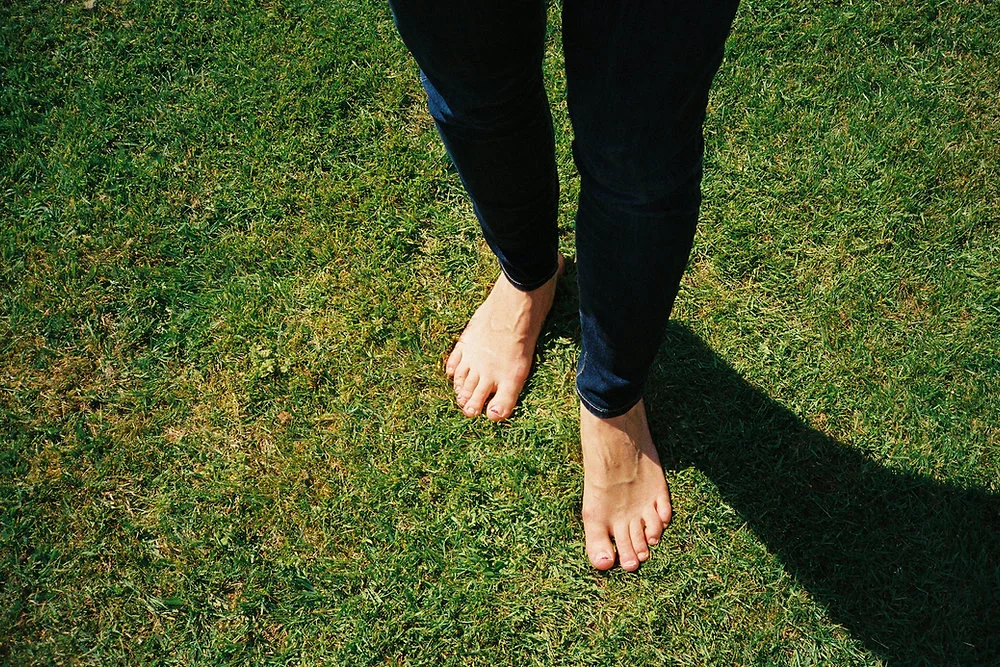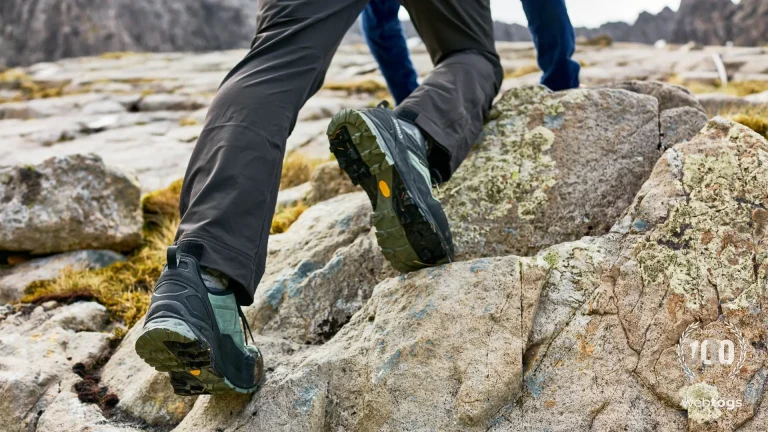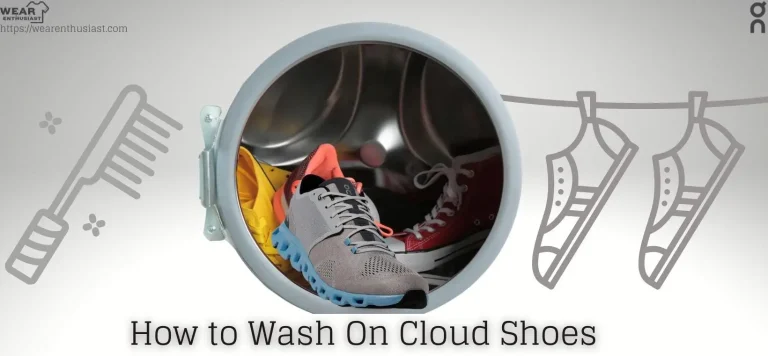Are Shoes Bad For Your Feet?
Shoes play a significant role in our daily lives, providing protection and comfort for our feet. However, there is a growing concern about whether shoes can have negative effects on foot health. It is important to understand the impact of shoes on our feet to make informed choices about footwear.
In this blog post, we will explore the potential drawbacks of wearing shoes and the benefits of properly fitted footwear. By the end, you will have a better understanding of how to maintain foot health while enjoying the benefits of wearing shoes.
The Anatomy of the Foot
To understand the impact of shoes on our feet, it’s essential to know a bit about the anatomy of our feet. Our feet are remarkable structures composed of bones, muscles, ligaments, and tendons. They are designed to provide support, balance, and mobility.
The foot consists of three main parts: the forefoot, midfoot, and hindfoot. The forefoot includes the toes and the metatarsal bones, which connect the toes to the midfoot. The midfoot contains the arches, which help distribute body weight and absorb shock. The hindfoot consists of the heel bone (calcaneus) and the ankle bone (talus).
The foot’s natural movement is a complex interplay of muscles and joints. When we walk or run, our feet flex, extend, and rotate to adapt to different surfaces. This flexibility allows for efficient movement and helps absorb the impact of each step.
Understanding the natural structure and movement of the foot is crucial in evaluating the effects of shoes on foot health. By considering how shoes interact with the foot’s anatomy, we can better assess their impact on our overall foot well-being.

Read More: How To Clean Sports Shoes At Home
Read More: How To Take Care Of Sports Shoes?
The Role of Shoes
Shoes have been around for centuries and serve various purposes. They protect our feet from injuries, provide support, and enhance our comfort while walking or engaging in physical activities. However, it’s important to recognize that modern shoes can also have an impact on foot mechanics and posture.
Throughout history, shoes have evolved to meet different needs. Today, most shoes have certain common features, such as a sole, an upper part that covers the foot, and some form of fastening. These features provide structure and protection for our feet.
However, some shoes can restrict the natural movement of our feet. They may have narrow toe boxes that squeeze the toes together or stiff soles that limit flexibility. Such restrictions can interfere with the foot’s natural biomechanics and potentially lead to foot problems.
Understanding the role of shoes in foot health is crucial for making informed choices about footwear. By selecting shoes that promote natural foot movement and provide adequate support, we can minimize the potential negative effects and maximize the benefits of wearing shoes.
Potential Negative Effects of Shoes on Feet
While shoes offer protection and support, certain types of footwear can have negative effects on foot health. It’s important to be aware of these potential drawbacks to make informed decisions about the shoes we wear. Here are some possible negative effects:
Restriction of natural foot movement
Shoes with narrow toe boxes or rigid soles can limit the natural movement of our feet. This can lead to weakened foot muscles, reduced flexibility, and decreased sensory feedback.
Development of foot deformities and conditions
Wearing shoes that don’t fit properly or have inadequate support can contribute to the development of foot deformities like bunions or hammertoes. It can also increase the risk of conditions such as plantar fasciitis or ingrown toenails.
Impact on balance and stability
Shoes that don’t provide proper support or have an unstable design can affect our balance and stability. This can increase the risk of falls and injuries, especially in older adults or individuals with certain medical conditions.
Influence on gait and walking patterns
Unsupportive shoes can alter our gait and walking patterns. This can lead to abnormal foot mechanics, which may cause pain or discomfort in the feet, ankles, knees, hips, or lower back.

Benefits of Properly Fitted Shoes
Wearing properly fitted shoes can have numerous benefits for foot health and overall well-being. Here are some advantages to choosing shoes that fit well:
Support and protection for the feet
Properly fitted shoes provide support for the arches, heels, and other areas of the feet. This support helps maintain proper alignment and reduces the risk of injuries, such as sprains or fractures.
Prevention of injuries and foot-related problems
Well-fitted shoes can help prevent common foot problems like blisters, calluses, and corns. They also reduce the risk of developing conditions such as plantar fasciitis, Achilles tendonitis, or stress fractures.
Enhancement of comfort and performance
Shoes that fit well are more comfortable to wear, allowing for better mobility and reduced discomfort. When our feet are comfortable, we can perform daily activities or engage in sports and exercises with greater ease and efficiency.
Improved balance and stability
Properly fitted shoes with good traction and stability features can enhance balance and stability. This is particularly important for activities that involve quick movements or uneven surfaces, reducing the risk of falls and injuries.
Reduction of foot fatigue
Shoes that fit properly distribute pressure evenly across the feet, reducing fatigue and discomfort. This is especially beneficial for individuals who spend long hours on their feet, such as healthcare professionals or retail workers.

By choosing shoes that fit properly, we can optimize foot health, prevent injuries, and improve overall comfort and performance.
Choosing the Right Shoes
Selecting the right shoes is crucial for maintaining foot health and comfort. Here are some factors to consider when choosing footwear:
Proper fit
Ensure that the shoes fit your feet properly. They should have enough room in the toe box to wiggle your toes comfortably and should not feel too tight or too loose. Consider getting your feet measured regularly, as foot size can change over time.
Arch support
Different individuals have different arch types (high, medium, or low). Look for shoes that provide appropriate arch support based on your foot’s arch type. This helps distribute weight evenly and reduces the risk of overpronation or supination.
Cushioning and shock absorption
Shoes with adequate cushioning and shock absorption properties help absorb the impact of walking or running, reducing stress on the feet and joints. Look for shoes with cushioned midsoles or specialized cushioning technologies.
Breathability
Choose shoes made from breathable materials to allow air circulation and prevent excessive sweating or moisture buildup. This helps keep your feet dry and reduces the risk of fungal infections.
Activity-specific shoes
Consider the specific activity you’ll be engaging in. Different activities require different types of shoes. For example, running shoes have specific features for shock absorption and stability, while hiking boots provide ankle support and traction.
Quality and durability
Invest in well-made shoes that are built to last. Quality shoes tend to have better construction, materials, and support, which can contribute to long-term foot health and comfort.

Maintaining Foot Health
Taking care of your feet is essential for overall foot health and well-being. Here are some practices to help maintain healthy feet:
Proper hygiene
Wash your feet daily with warm water and mild soap. Dry them thoroughly, especially between the toes, to prevent fungal infections. Moisturize your feet regularly to keep the skin hydrated.
Trim toenails carefully
Trim your toenails straight across and avoid cutting them too short. This helps prevent ingrown toenails and related infections.
Wear clean socks and shoes
Change your socks daily and choose breathable materials to reduce moisture and odor. Alternate between different pairs of shoes to allow them to dry out completely.
Practice foot exercises
Regularly perform foot exercises to strengthen the muscles and improve flexibility. Simple exercises like toe curls, ankle rotations, and calf stretches can help maintain foot health.
Maintain a healthy weight
Excess weight puts additional pressure on your feet, leading to foot pain and other problems. Maintain a healthy weight through a balanced diet and regular exercise to reduce the strain on your feet.
Choose appropriate footwear
Wear shoes that fit well and provide adequate support for your feet. Avoid high heels or shoes with narrow toe boxes for extended periods. Consider using orthotic inserts or arch supports if needed.
Protect your feet
Use appropriate footwear in situations where your feet may be at risk of injury, such as when participating in sports or working in hazardous environments. Use sunscreen on your feet to protect them from sunburn.
Regular foot inspections
Check your feet regularly for any signs of redness, swelling, blisters, or sores. Early detection of foot problems allows for prompt treatment and the prevention of complications.

Conclusion
The question of whether shoes are bad for your feet is not a simple yes or no answer. While shoes provide protection and support, certain types of footwear can have negative effects on foot health. It is important to strike a balance between wearing shoes for their benefits and understanding their potential drawbacks.

















